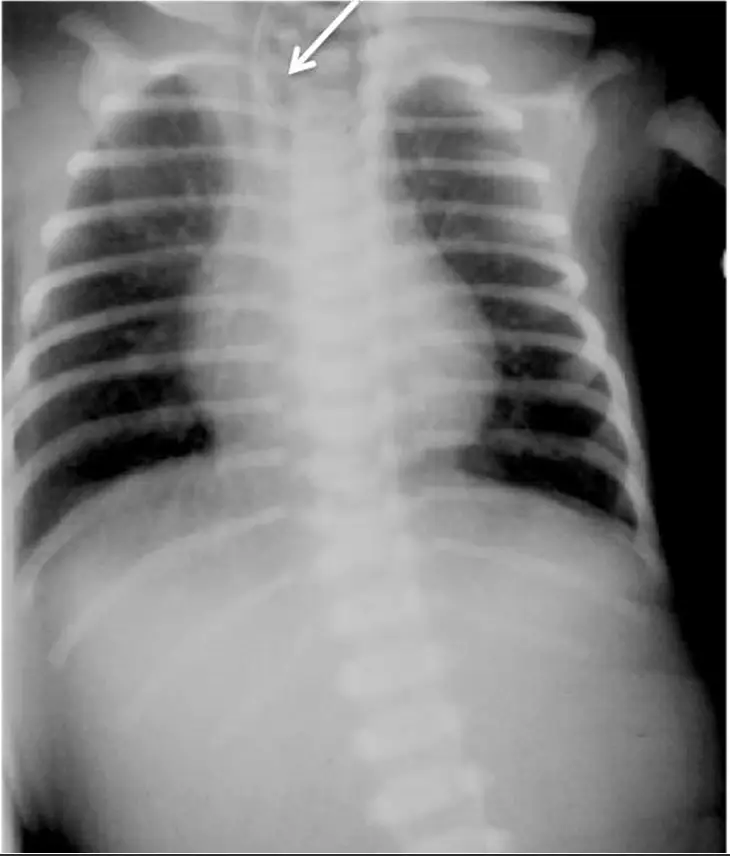sesamoid-injuries
Sesamoid Injuries & Disorders
The sesamoid bones (small bones beneath the big toe joint) can develop painful conditions due to acute trauma or chronic stress.
Acute Sesamoid Injuries (Turf Toe & Fractures)
- Grades 1-3 (Mild to Moderate): Treated with rest, immobilization, and orthotics.
- Grade 4 (Severe Fracture/Dislocation): May require surgical fixation, especially for athletes or active individuals.
Chronic Sesamoid Conditions
Includes stress fractures, avascular necrosis (bone death), and sesamoiditis (inflammation)—often overlapping in symptoms.
- Non-Surgical Treatment:
- Orthotics (metatarsal pads, stiff-soled shoes) to offload pressure.
- Steroid injections for inflammation.
- Surgery (Rare, High Risk):
- Shaving or excision of the sesamoid—may lead to big toe weakness or instability.
Lesser Toe Deformities: Hammer, Mallet & Claw Toes
These deformities affect the smaller toes, causing pain, corns, and difficulty wearing shoes.
Causes
- Foot structure imbalances (bunions, flat feet).
- Neurological conditions (diabetes, Charcot-Marie-Tooth disease).
- Tight or ill-fitting footwear.
Non-Surgical Treatment
- Padding & toe spacers to reduce friction.
- Wide, deep-toe-box shoes to accommodate deformities.
- Stretching & strengthening exercises.
Surgical Treatment
- Flexible deformities:
- Soft tissue procedures (tenotomy, capsulotomy) to release tight tendons.
- Fixed deformities:
- Bone realignment (arthroplasty, fusion, or joint excision) for severe, rigid toes.


